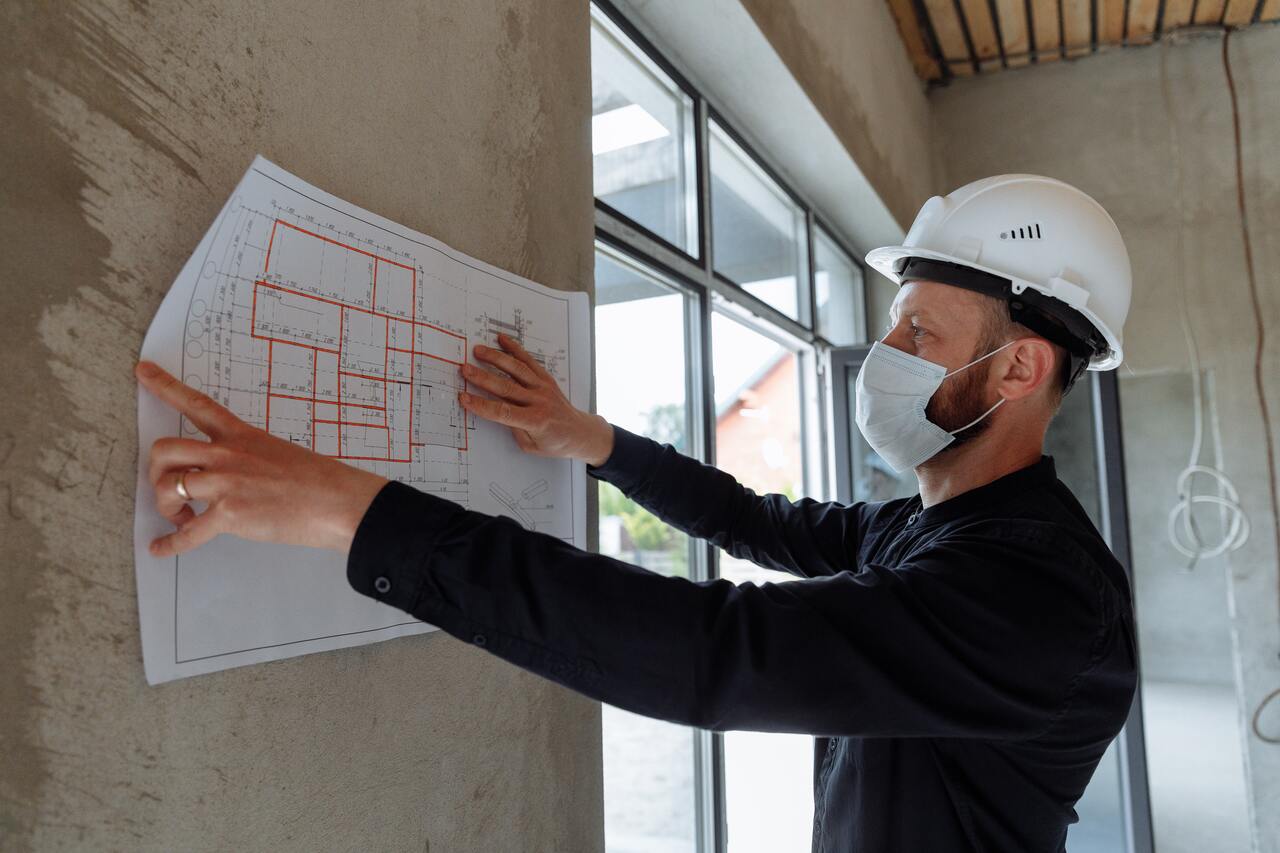Imagine walking through the bustling streets of ancient Rome, or marveling at the intricate details of gothic cathedrals. These structures tell stories, encompassing not just the artistic vision of their creators but an entire era’s culture, technology, and values. This connection between buildings and human history is at the heart of architectural history, a field that explores the chronology of architectural styles, techniques, and theories across ages.
In this engaging exploration of architectural history, we’ll delve into various epochs, from ancient Egyptian architecture to modern marvels, uncovering the intriguing evolution of how we construct our world. Buckle up for a thrilling ride through time that will leave you with an enriched understanding of how buildings are more than mere shelters—they are manifestations of human actions, creativity, and civilization.
Join thousands of students who are acing their Architect Exams!
What is Architectural History?
Definition and Scope
Architectural history is the study of buildings in their historical and social context. It includes the examination of:
- Architectural Styles: Understanding various styles like classical architecture, gothic architecture, art nouveau buildings, and more, which mark different periods and regions.
- Technological Advancements: Examining the construction techniques, materials (such as concrete, thin sheets of metal), and innovations that shaped building methods.
- Cultural Significance: Analyzing how buildings reflect the beliefs, customs, and norms of different societies.
Connection to Human History
Architectural history is intertwined with human history. It offers physical evidence of past civilizations, including:
- Ancient Times: Like the marvels of ancient Greek architecture or the grandiosity of Roman buildings.
- Medieval Period: Represented by Romanesque architecture, gothic revival, and the extensive use of round arches and massive piers in church structures.
- Modern Era: Including the emergence of new styles such as art deco and modern architecture, symbolizing a shift towards functionality and minimalism.
Why Study Architectural History?
Understanding architectural history is not only vital for architects and historians but anyone interested in culture, art, and human development.
- Cultural Appreciation: It helps us appreciate the diversity of human creativity, such as the distinct style of Islamic architecture or the baroque style that dominated the 17th century.
- Preservation: Knowing the historical significance of many buildings aids in preserving and restoring them.
- Inspiration for Modern Design: Insights from architectural history often inspire modern architects to create innovative structures while respecting tradition.
Historical Origin of Architecture
From Neolithic to Ancient Civilizations
The architectural history journey begins in the Neolithic period, where the first settled communities led to the construction of simple structures. As societies evolved, the ancient Egyptians and ancient Greeks began to construct more complex buildings.
- Ancient Egyptian Architecture: Known for massive structures like the Pyramids, ancient Egyptian architecture focused on monumentality and symmetry.
- Ancient Greek Architecture: Renowned for its Doric columns and emphasis on proportion and aesthetics.
Medieval to Renaissance Transformations
From the early middle ages, characterized by the simplicity of medieval architecture, the world saw a shift towards more intricate and artistic forms.
- Gothic Architecture: Recognized by stained glass windows and ornate details.
- Renaissance Architecture: Marked by a return to classical architecture principles, with an emphasis on symmetry and order.
In the following sections, we will dive deeper into different architectural epochs, exploring the influence of various factors like politics, religion, and technological advancement on the built environment.
Classical to Medieval Architecture
Classical Architecture
Classical architecture, hailing from ancient Greece and Rome, set the foundational principles for Western architecture. The Greeks emphasized harmony, proportion, and beauty, using elements such as:
- Doric Columns: Plain and sturdy, these symbolize simplicity and strength.
- Corinthian Columns: More decorative and slender, epitomizing elegance.
Roman architecture took these principles further and introduced:
- Concrete Construction: A revolutionary method allowing for grander structures.
- Round Arches and Domes: Enabling the creation of vast interiors like civic buildings and amphitheaters.
- Romanesque Architecture: Transitioning into the early middle ages, romanesque architecture saw the extensive use of round arches and massive piers. Churches were originally built in this style, characterized by thick walls and ornamental carvings.

QUICK TIP…
Don’t just passively read or watch your study materials. Engage with them by taking notes, discussing with peers, or teaching the content to someone else. Active engagement can boost comprehension and retention.
Gothic Architecture
The gothic architecture that followed presented a stark contrast, emphasizing verticality and light. Gothic buildings, especially cathedrals, were marvels of engineering, with:
- Ribbed Vaults: Supporting higher ceilings.
- Flying Buttresses: Transferring loads, allowing for thinner walls and large stained glass windows.
- Ornate Sculptures: Adding an artistic flair.
Renaissance to Modern Transformations
Renaissance Architecture
A revival of classical principles marked Renaissance architecture. Architects like Brunelleschi and Alberti designed buildings reflecting:
- Symmetry: Balanced proportions and clear geometry.
- Humanism: Connection with human scale and values.
Baroque Architecture
Baroque architecture continued the classical tradition but with a flair for drama and extravagance. Key features included:
- Dynamic Shapes: Curves and twists add movement.
- Rich Decorations: Extensive use of gold, frescoes, and sculptures.
Baroque Style influenced many buildings across Europe, like churches and palaces, reflecting the grandeur of the time.
Modern Architecture
As the world stepped into the industrial age, modern architecture emerged. The new style marked a shift towards:
- Functionality: Focused on the purpose rather than ornamentation.
- New Materials: Utilizing steel, glass, and concrete in innovative ways.
- Open Spaces: Emphasizing spatial flow and connectivity.
Architects like Le Corbusier and Mies van der Rohe played pivotal roles in defining this architectural era.
Pursuing a Degree in Architectural History
What is an Architectural History Degree?
An architectural history degree is an interdisciplinary study combining history, art, and architecture. It equips students with:
- Knowledge: An in-depth understanding of architectural theory, styles like art nouveau, art deco, and gothic revival, and the evolution of buildings.
- Skills: Analytical abilities to interpret and evaluate architectural artifacts, main buildings, and other structures.
Career Opportunities
An architectural history degree opens doors to various professions such as:
- Restoration Architect: Working on preserving originally built historical buildings.
- Academic Researcher: Contributing to the field of architectural history through research and publications.

How Important is Architectural History?
Architectural history is essential not just for professionals but for society at large. It serves as a reminder of our cultural heritage and a source of inspiration for future generations. This field encourages:
- Appreciation of Art: Through examples like Baroque, renaissance, and Neolithic period structures.
- Sustainable Practices: Learning from ancient times and implementing those lessons in modern construction.
- Global Understanding: Recognizing the diversity of human culture through different styles like Islamic architecture, Byzantine architecture, and Eastern Roman empire influences.
Wrapping Up
Architectural history is more than an academic field; it’s a living, breathing chronicle of human evolution. From the awe-inspiring Pyramids of ancient Egypt to the sleek lines of modern museums, our buildings are reflections of who we are and how we see the world.
Want to explore more about architecture and its fascinating history? PrepArchitect offers a comprehensive range of resources tailored to fuel your architectural passion without pushing too hard. Join us in this thrilling exploration and be part of a community that sees buildings not just as structures but as art that narrates our collective story.

